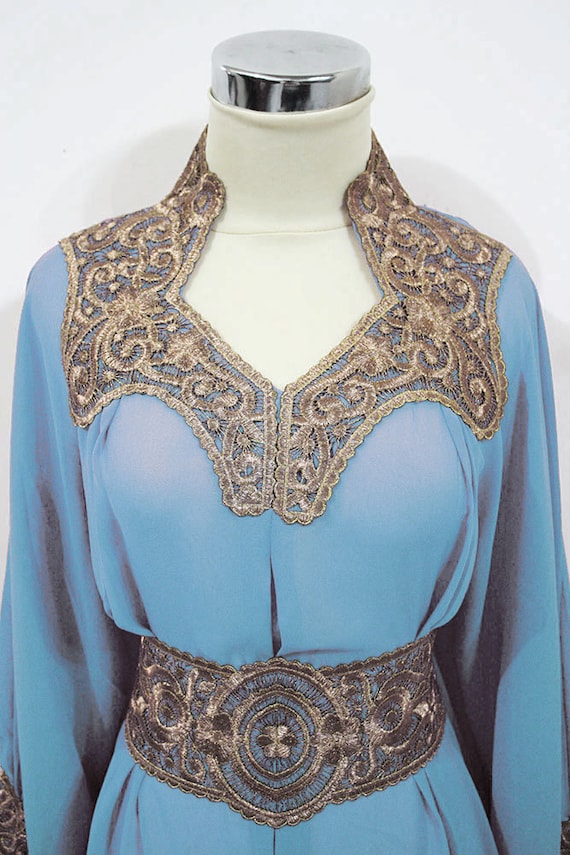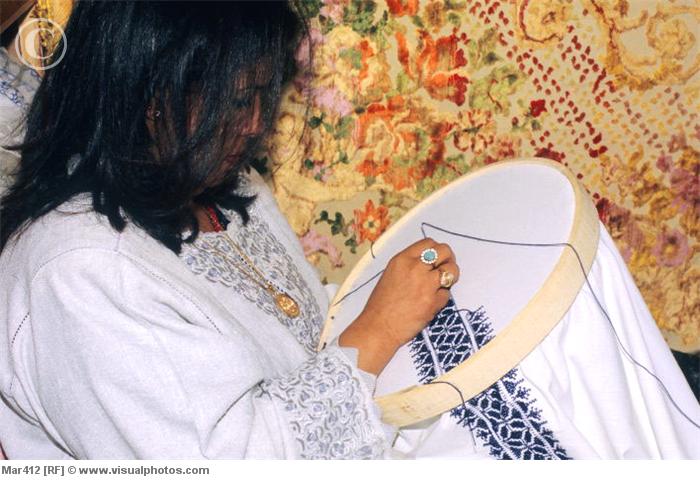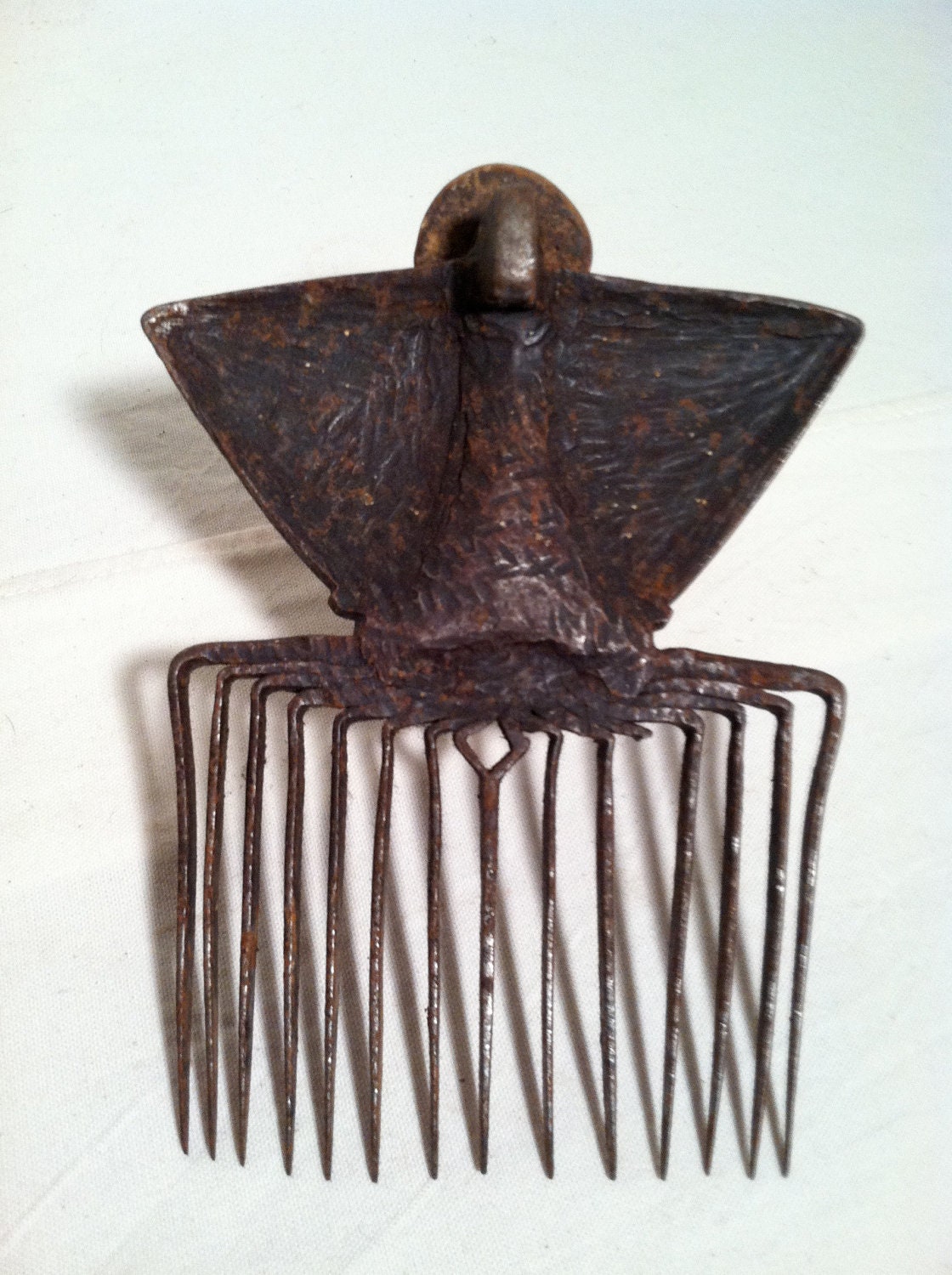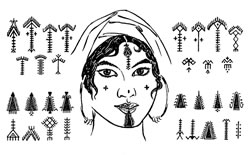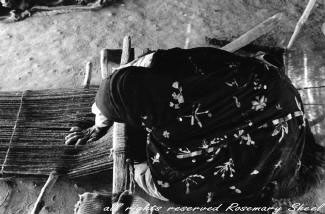The traditions of art and craft
are displayed in their most vibrant, personal, religious and communal
activities during festivals, which are meant to have both religious and economic
in their intent (Jereb 1996) . Men and women wear
their most colourful, decorative, and elaborate clothing to display the wealth
of their family; men play music and sing songs dedicated to their god; both
sexes dance to a rhythm that puts them into a trance; and special markets open selling
everything from “camels to jewelry” (Jereb 1996, 137) . Moroccan people will dedicate the
celebrations to their gods, which they have many of, throughout the year – some
individually or as a group. Saints play a major role during the development and
practice of artistic traditions, each one having their own patron saint (Jereb 1996) . For example, Berber
women who spin and weave textiles consider it to be very important to acknowledge
and give homage to the local saint to receive help with the work of weaving
materials. Offerings women may make to their saints and gods of their craft
come in the form of distaff of wool, or other similar tributes regarding the
creation of craft. In exchange, the women may take away some dirt from the
shine they pray at and work it into the rug or fabric they are creating as a
way to implement good fortune and positive spiritual energy into what they are
creating.
How they do this is through the
use of prayer and careful consideration for the creation of the textiles. Their
prayer, “spin, spin, my little distaff, God and his envoy watch over thee”
ensures the quality of the wool and the protecting from evil spirits which
might work their way into the textile and bring bad luck on the weaving (Jereb 1996, 138) . It is, in a way,
their duty to ensure the spiritual quality of the textile throughout the entire
process of the textile creation. This includes the spinning of the wool, dyeing
of the yarn, and weaving of the rugs. By carefully protecting the material from
bad spirits, djoun, the weaver creates
a material that is a protective shield from both the physical and spiritual
world for the owner of the textile. The spiritual significance of the craft
goes beyond just the material that goes into the textile, but everything which
comes into contact with it. As the story goes, the tools and loom used for
weaving were gifts from Allah to Fatima, the goddess of femininity and the
mythic ancestor of women (Jereb 1996) . Beyond the
authenticity of the story, the existence of the tale for where tools for
creating textiles came from signifies the importance the objects are.
Because we are talking about
ceremony, I should mention performance and music in regards to how spirituality
is so important in all forms of creation. Women find other ways of becoming closer
and better acquainted with their gods other than through prayer and paying
tribute. They will create music, often on the drum and other percussion
instruments such as shakers. Men are traditionally the players of more complex
musical instruments such as oboes (ghaita),
flutes and fiddles (Jereb 1996) . However women find
ways of making their own music in order to hold their own spiritual
celebrations and rituals that are exclusively meant for women. The most
important musical instrument for the Berbers is the human body (Jereb 1996) . The activity of
clapping, chanting, singing, and stomping of feet is central to their music,
accompanied by very view musical instruments. The instruments they do use
consist of drums like the guedra, bendir,
deff, tbal and long necked lute the gimbrid
are very characteristic of southern Morocco (Jereb 1996) . A very popular dance
performed by women is the guedra,
named because of the guedra drum used
in the dance. A veiled woman will stand on her knees in the middle of a circle
of women. She will begin by creating sensual movements with her arms, hands and
fingers, moving until the dance consumes her entire body, gradually unveiling
herself¸ eventually falling into a trance that in some cases has her collapse
to the ground. The practice of the guerdra,
and other trance inducing dances, are meant to bring the women closer to the
spiritual world. Acting as a gate way
into the spiritual world, performance through music and dance brings the women
closer to their gods, saints, and ancestors, building a connection between the
real world and the spiritual world.
This connection, this interwoven
bond between the spiritual world and real world are as tightly entwined as the
threads that create the beautiful textiles so characteristic of Morocco. Spirituality
is an incredibly integral part of creativity to Moroccan people; the two could never
be separated. This to me is what makes Moroccan art and craft so much more
powerful than other forms of creativity, because there is so much more depth to
it comparatively to Western decorative house wares. Even if the purpose of the craft
is utilitarian, so much more goes into the making of the piece that it becomes
something more than an object to be dressed in or walk upon. It is a spiritual
connection of the weaver and every other weaver before her, laying out a history
as long as the stories from which the loom came from.
